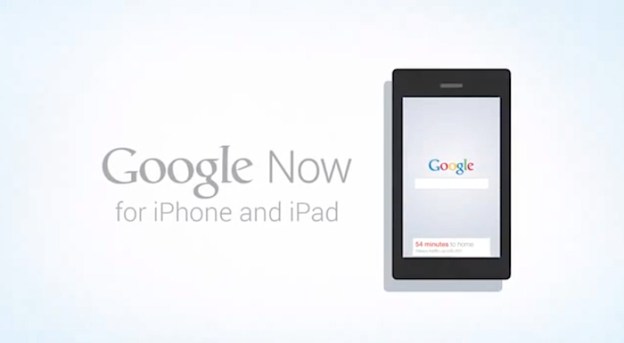 Google Now is coming to iOS – maybe.
Google Now is coming to iOS – maybe.
An apparent promotional video espousing the joys of the feature already enjoyed by many Android users appeared on YouTube on Tuesday. The 42-second ad was, however, promptly pulled, though not before several fast-acting viewers managed to save it. In the meantime, several copies have resurfaced on Google’s video streaming site since – perhaps it’ll pull those as well.
When you line it up against the Google Now ad for Android, the purported iOS one (both embedded below) certainly looks pretty genuine, though as engadget points out, it could be an extraordinarily good fake or simply a canceled project that’s only come to light now.
Listen to the voice in the original Google Now ad (for Android) and listen to the iOS ad – same actress? The only discernible difference between the two ads is that the Android one shows ‘Google now’ with a small ‘n’ while the iOS ad has it capitalized, though that can be put down to a simple design change since it was first unveiled last summer.
For anyone not in the know, Google Now is a kind of virtual assistant that delivers (hopefully) useful and timely information to your screen via so-called ‘cards’ depending on your location or according to events you’ve placed in your Google account. So it can deliver traffic information to your handset as you leave your home or notify you of upcoming local events when you arrive in a particular location. You can also ask it questions, rather like Siri, although this feature already exists in Google’s iOS search app with Voice.
If Google Now is coming to iOS, it’ll probably be coming soon and as part of an update to its Google search app – the ad is ready, after all. We just hope there’s not some poor minion in Mountain View getting a clobbering for hitting the ‘upload’ button when they shouldn’t have.
Editors' Recommendations
- How to schedule a text message on your iPhone
- How to find your lost phone (tips for iPhone and Android)
- There’s a big problem with the iPhone’s Photos app
- The 10 best photo editing apps for Android and iOS in 2024
- This one thing could make iOS 18 the best iPhone update in years


